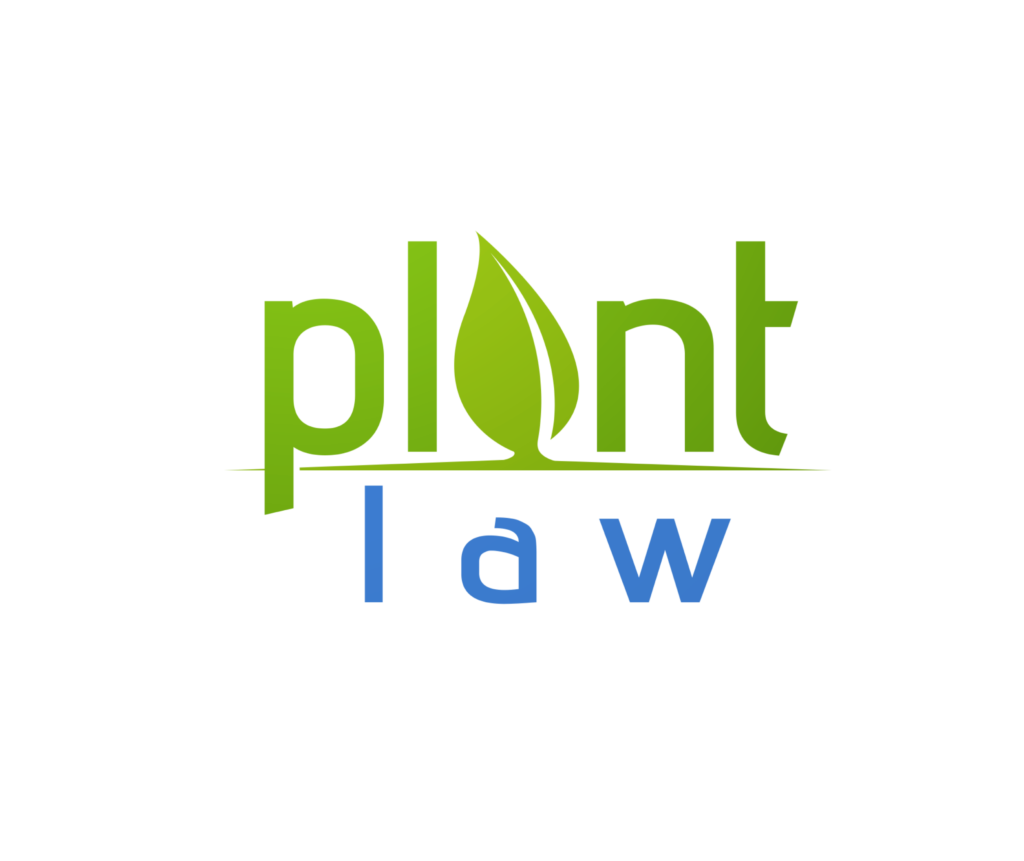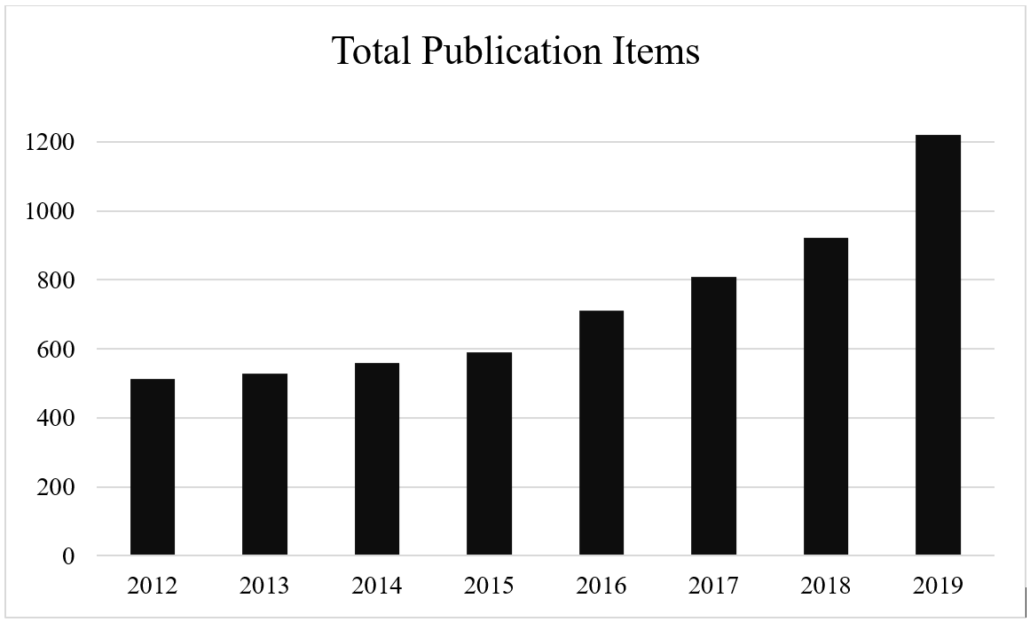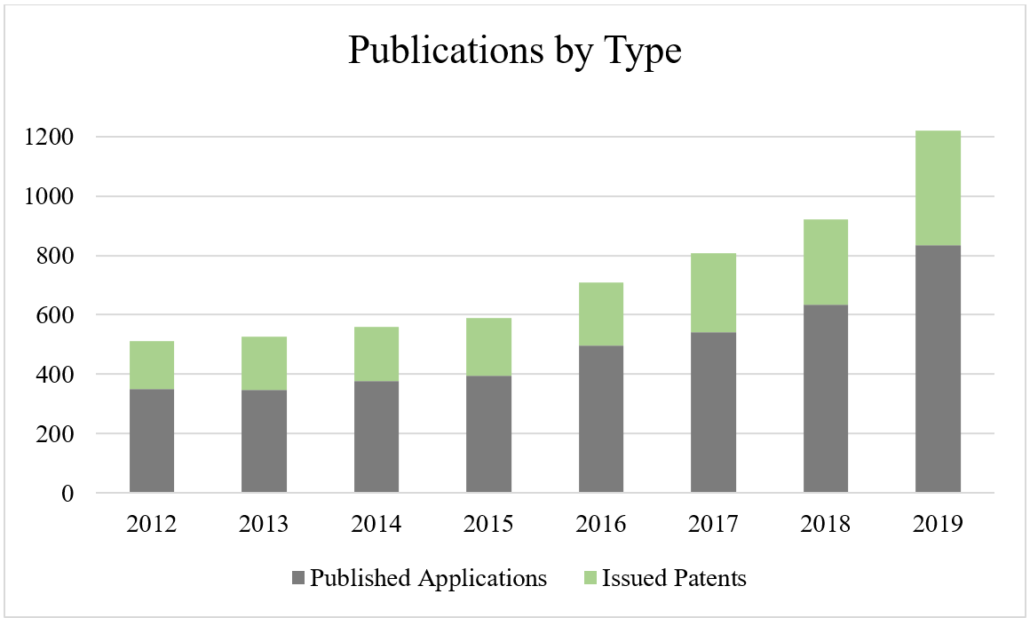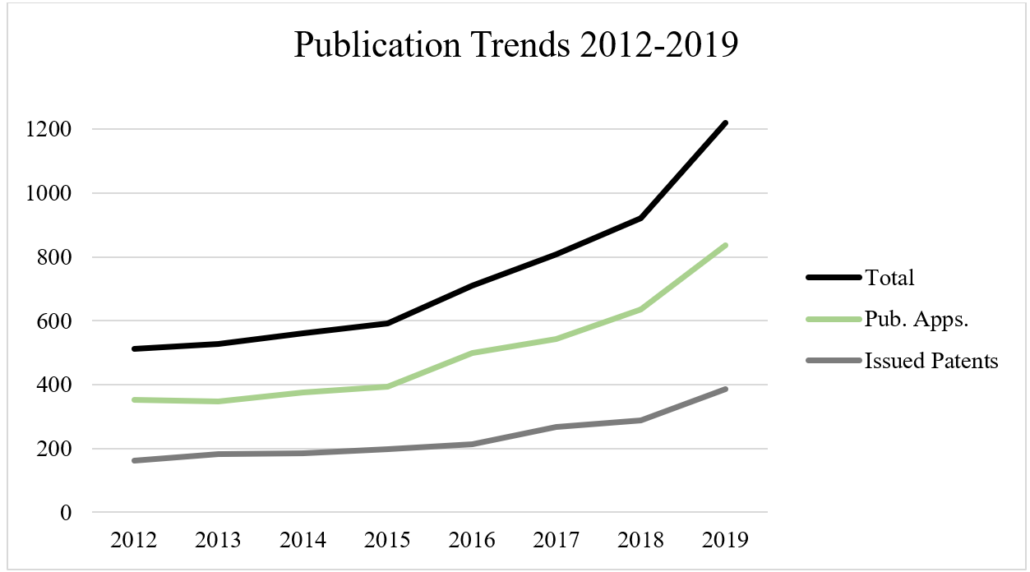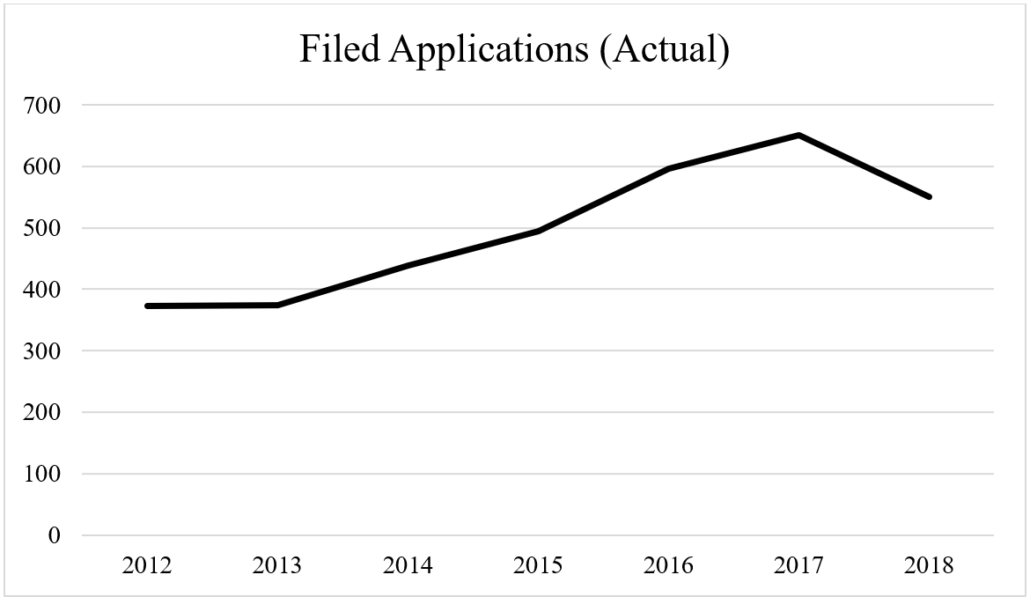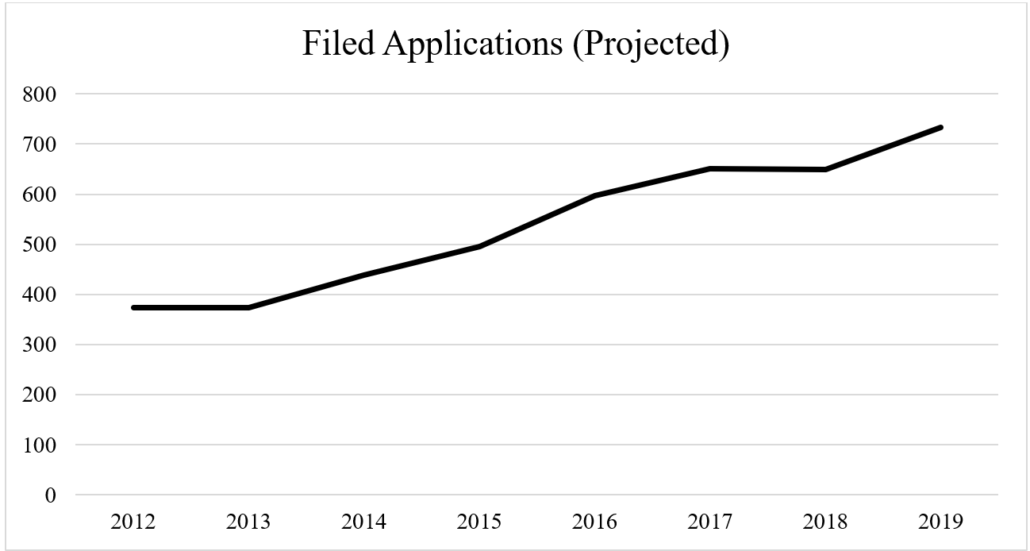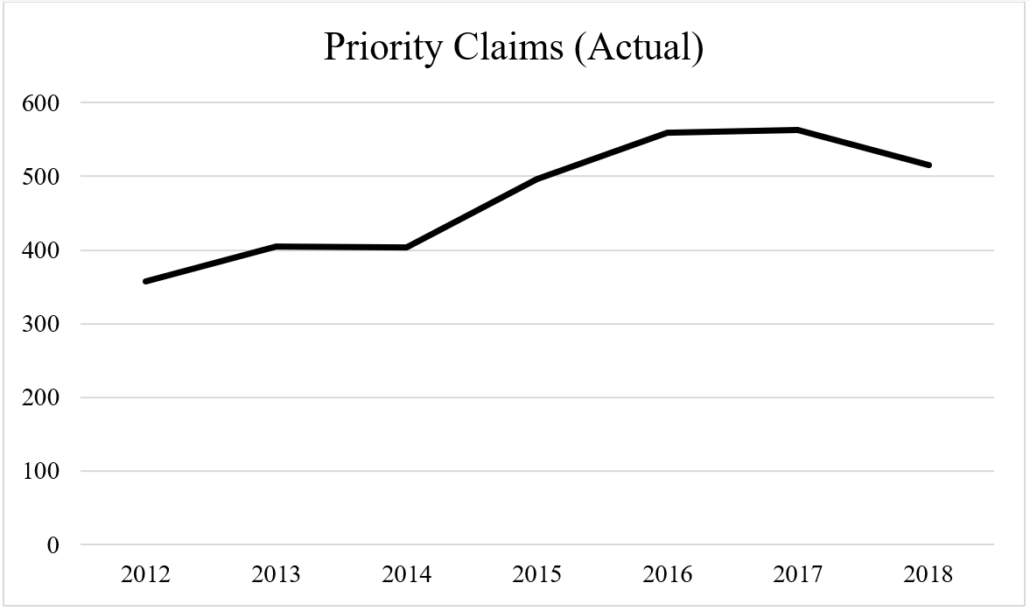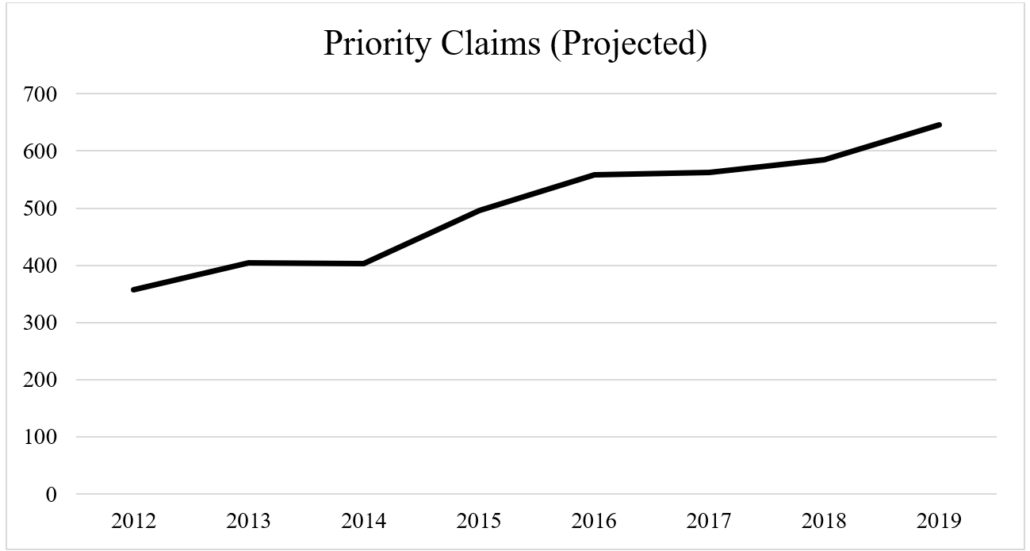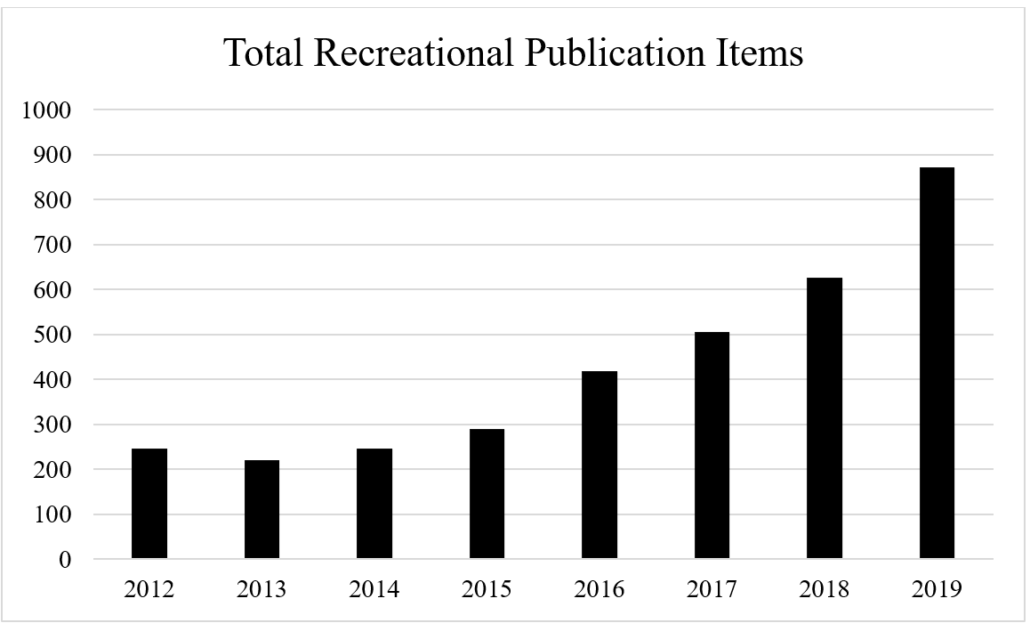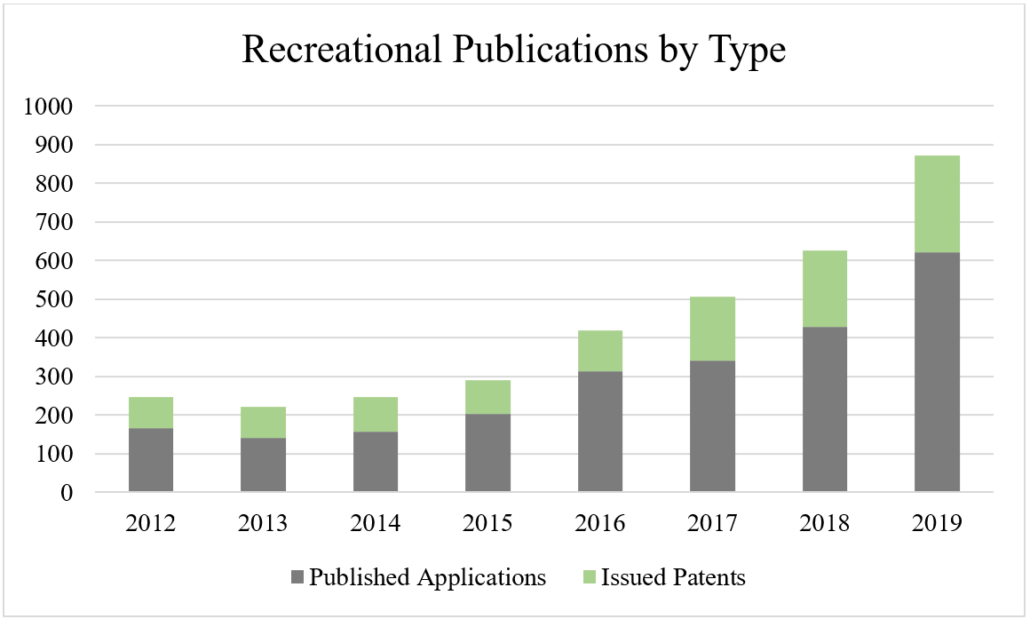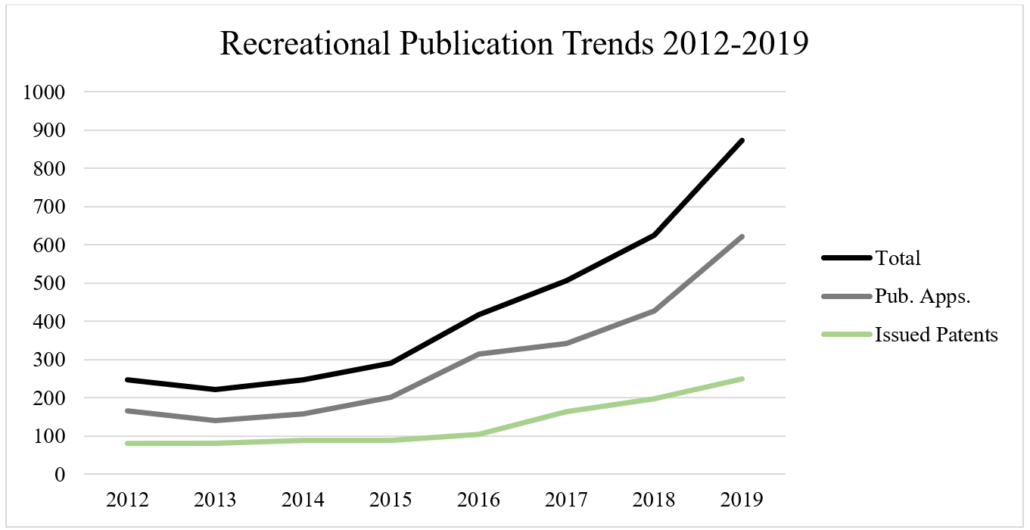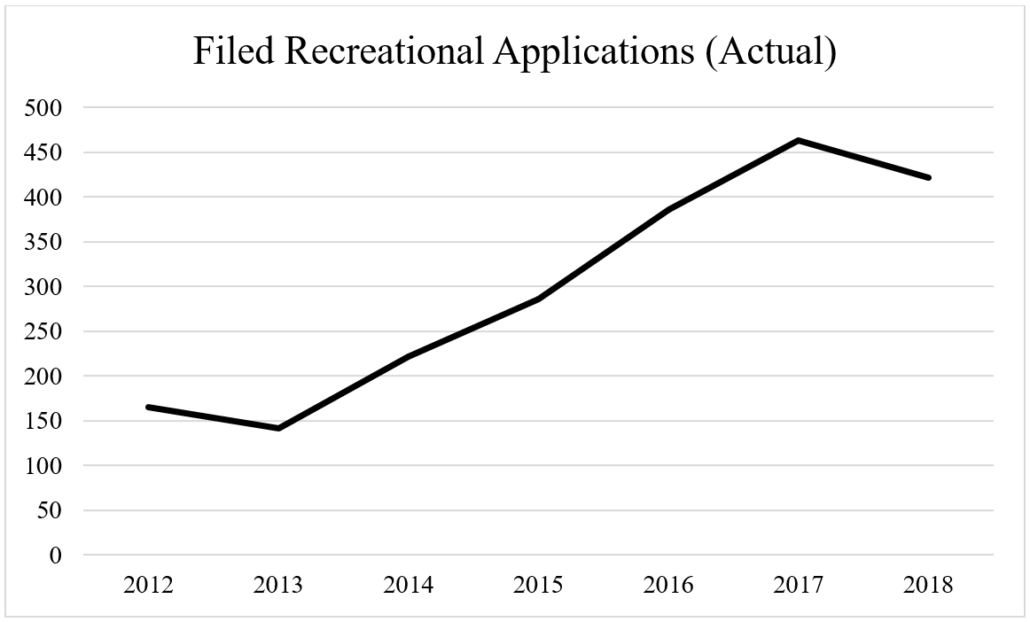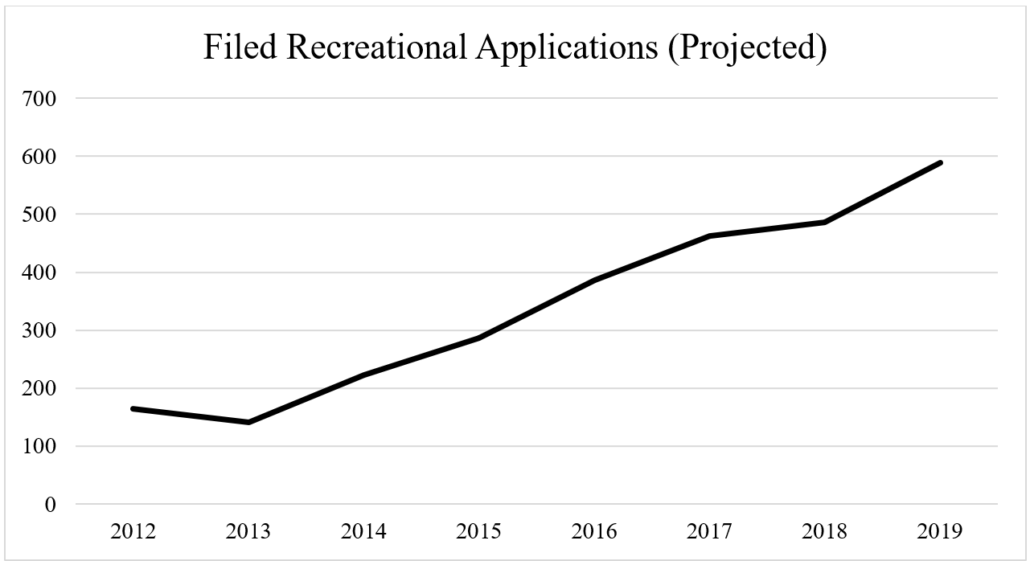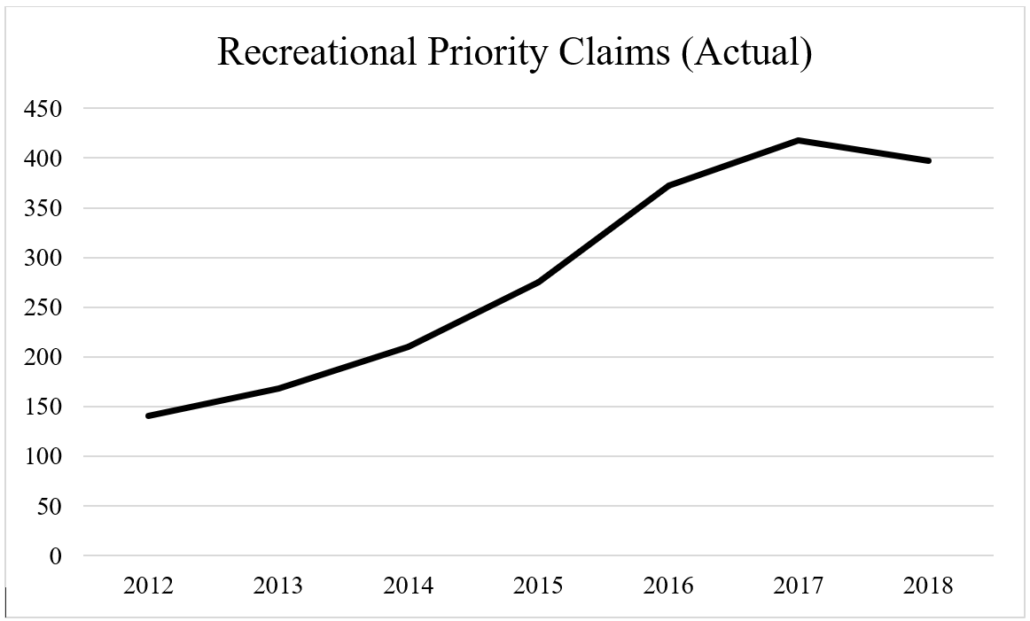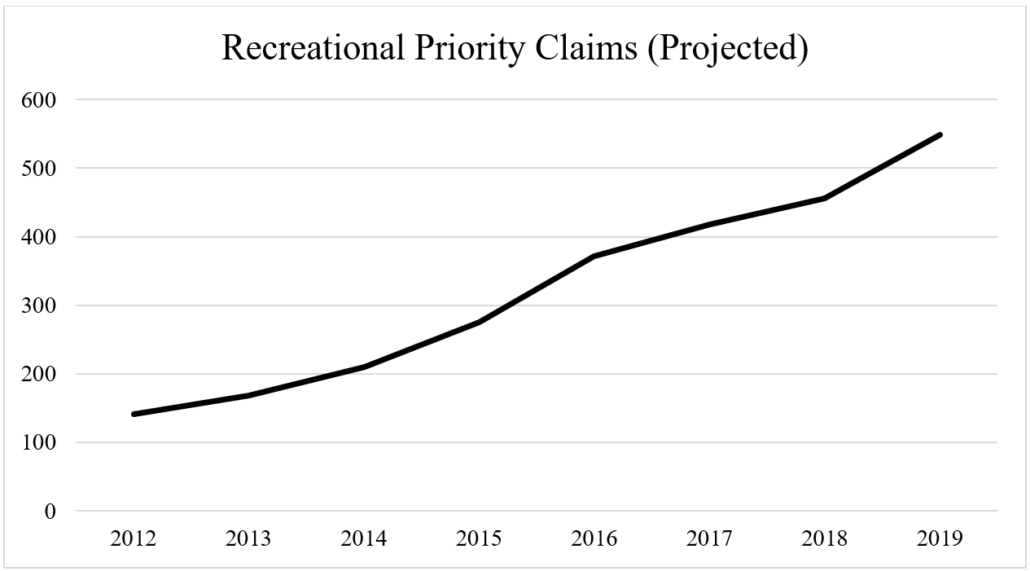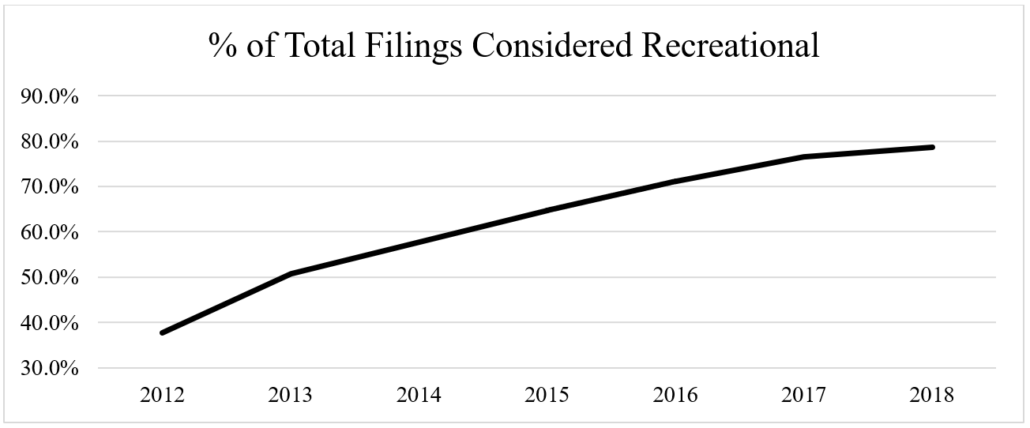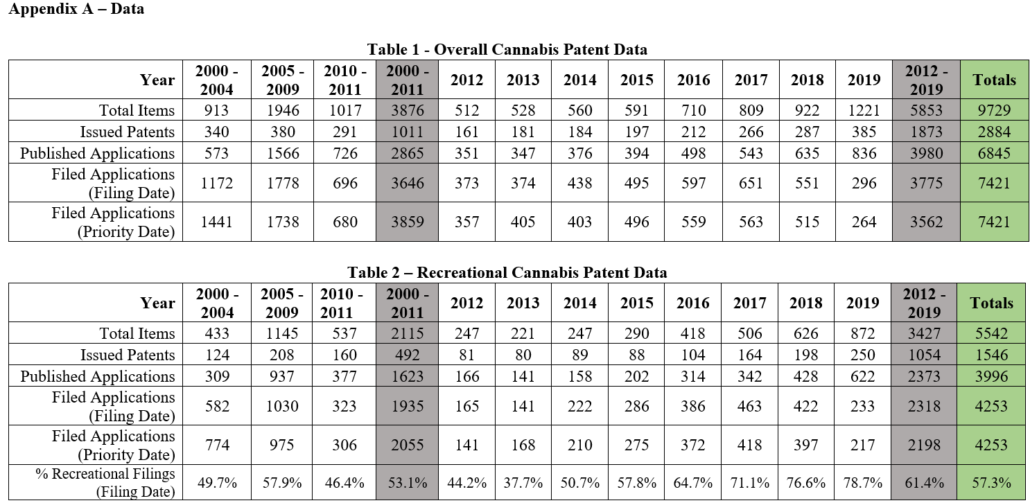LET’S DO THIS, AND DO IT RIGHT
Making the Most of Good Intentions and Energy
We all know there are abuses of power and of legal frameworks in the Cannabis industry. Many good people want to know what they can do about such abuses. Since I’m a patent attorney, I usually focus on people’s concerns about abuses within the patent system and how they affect the industry and the “Small Cannabis” community.
Patents can be focused, broad, or overbroad/abusive. I see people discussing Cannabis patents that, with good intentions and abundant energy, misinterpret relatively focused patents as being overbroad. These situations get earnest people upset and misdirect their energies and attention away from the real problem patents. Related to this, I get frequent questions about what someone can do to attack an overbroad patent. I have plenty to say about that, so hang with me. I think this will be worth your time.
First, Some Definitions
Focused/narrow patent – covers subject matter that was clearly originated by the patent applicant, doesn’t make any real attempt to go beyond that.
Broad but legitimate patent – covers, at its core, something that was legitimately invented by the applicant. Also covers some logical outgrowths of the core invention but doesn’t cover what is already in the public domain.
Overbroad patent – covers subject matter that was already in the public domain prior to the patent’s filing date.
Some people will want to debate whether all broad patents are abuses, and will argue that anything beyond a focused patent is worthy of attack. Some of those people are even law professors. So if you feel this way you’re in good company. But that’s not today’s topic, so I’m going to direct this discussion to overbroad patents, how to recognize them, and what to do about them.
I also don’t want to get bogged down in, or have this blog dismissed as, an attack on any particular overbroad patent. This blog may well give you some tools to do that, but I want to be more general and widely applicable.
It’s All About the Claims
The first thing you need to know, to understand a patent or patent application you’re looking at, is that the claims are where the action is. If you scroll to the end of the part of the document that contains text, you will see one or more numbered, probably long, “sentences” that are usually written very oddly. Those are the claims. A patent claim is a verbal definition of the invention and, if you’re looking at an issued patent, the claims are a verbal description of the patent owner’s right to exclude.
Think of a claim as a word-fence around the invention. If you’re inside the fenced area (i.e., if your product or method meets each and every feature recited in the claim), you infringe the claim. You are trespassing on the property of the patent owner. But if there is even one thing the claim recites that your product or method clearly doesn’t have, then you are outside the fence and you don’t infringe the claim. You are not trespassing; good job! To read more about patents as fences, click here.
One other thing about patent fences: if a patent fence encloses something that was previously in the public domain, the fence is in the wrong place and needs to come down. In other words, if a patent claim “reads on” something that already existed before the inventor’s alleged invention, the claimed invention isn’t new and therefore isn’t valid. Some patent fences, intentionally or accidentally, reach out to cover things that pre-existed the patent. They are invalid, and the intentional ones are outright abuses of the system.
Knowing What You’re Looking At
So now you know where to find the claims and what they are. Next let’s figure out whether you are looking at a published application or an issued patent. And if it’s an issued patent, let’s determine whether it is a plant patent or a utility patent. That is a very important difference.
Check the numbers on the first page of the document, near the top. If the number starts with what looks like a four digit year, followed by some more digits, you are looking at a patent application. If the number is four or five digits and is preceded by “PP” you are looking at a plant patent. If the number is either 7 or 8 digits, you’re looking at an issued utility patent. (This is all in reference to US patents and applications. The numbering system can vary from country-to-country.)
Now that you know what you’re looking at, let’s discuss whether it is worth getting upset about it.
Patent Application – If you see a number like US 2019012345, you’re looking at a published patent application. Almost all patent applications are published about 18 months after their earliest filing date or priority date. Most patent applications contain claims that don’t end up getting allowed.
Think of the claims in a patent application as a letter to Santa. They are a wish list, or the opening round in a negotiation with the patent examiner. So if you’re looking at a patent application, just realize that the claims you see are not allowed, and don’t necessarily indicate what is really patentable. They could all be allowed, but chances are fairly good that the final claims in the issued patent will be narrower than the wish list you see in the claims of the published application.
You might see some claims that would be a terrible encroachment on the public domain if they were ever allowed. You can follow what happens with examination process on “Public PAIR.” Click here for a blog post that tells you what you need to know to access Public PAIR and become a true patent geek. And, in certain circumstances, you may even file a protest during the examination process. This kind of protest requires evidence of unpatentability in the form of printed publications and/or prior patents. Meanwhile, your best attack on these claims may not be in the form of published material that predates the application. But if you do have some prior publications that would be on point, you can read about formally protesting pending claims by clicking here.
Plant Patent – If you see a number like US PP12,345, you’re looking at an issued plant patent. Go to the last page of text and you’ll see there is only one claim, and the claim reads more or less “A new and distinct Cannabis sativa plant named XYZ as illustrated and described herein.”
Here is the most important thing about plant patents: they ONLY cover identical clones of the claimed plant, and you can only infringe a plant patent by asexually propagating (cloning) the patented plant without permission; or by using, selling, or importing parts of the plant (like the flower) without permission. Therefore a plant patent is a lot like a copyright on a plant—if you aren’t directly copying it, you’re not infringing. That also means that a plant patent can’t cover things like seeds, which aren’t exactly identical to the claimed cultivar. Likewise, a plant patent cannot cover using the plant to breed other varieties.
One other important—and frequently misunderstood—thing about plant patents. They are required by law to include a description of the plant in as much detail as is reasonably possible. So you may see, in the body of the application, things about the plant’s chemotype or other descriptive information. This description DOES NOT mean that the applicant is trying to—or ever could—cover all plants with those features. That description is only there because the law requires it. So take a deep breath and save your fierceness for certain utility patents, because a plant patent cannot really be overbroad according to our definition. It’s not possible for a plant patent to cover someone else’s work–something the breeder didn’t invent. Since a plant patent can only ever cover what the breeder actually originated—one single genotype—there’s nothing to get upset about. You will do the most good for the most people by focusing on overbroad utility patents.
Utility Patent – you know how to recognize a utility patent and distinguish it from an early wish list (a published application) or a harmlessly narrow plant patent. Don’t get stuck on the title or the abstract or even the description in the body of the application. Those all carry information but they DO NOT tell you what the patent actually covers. Instead go to Claim 1 and read it. It might be a bit of a slog, but you’ll figure it out. As you read it, ask yourself whether the claim describes something that you know from your own experience which:
– was sold, published, or otherwise known to the public;
– before the earliest filing date or priority date listed on the first page of the document.
If Claim 1 (usually the broadest claim in the patent) really does describe something that existed and was known to the public before it was “invented” by this patent owner, then the claim was erroneously granted and won’t be valid. For something to be validly patentable, it must be new. If something was already known before, it was part of the public domain or the public knowledge and isn’t eligible for patent protection. To read more about patenting and the public domain, click here. To read more about the almost-always impossibly broad “chemotype patents,” click here.
You Found a “Bad” Patent, Now What?
So what can you do about an issued patent that you believe covers something that wasn’t new at the time of filing? You have some options. You could file an “Inter Partes Review” or an “Ex Parte Reexamination” at the USPTO. These are limited in their potential because they will both require evidence in the form of prior patents or printed publications. This is especially challenging in the Cannabis industry, in which most of the prior commercial activity was never published—it was intentionally hidden from the outside world even though well-known inside the community. So if your evidence that the claimed invention was in the public domain exists in some other form—like witness testimony—then you have some other options that will work better.
Your least expensive and most proactive option is to publicize what you know about the claim’s lack of novelty. Get on social media and publish blogs and articles to point out your evidence that a particular claim is overbroad because it covers things that aren’t new or original to the patent owner. Be specific about what you know. And if you’re worried about the noise you’re making constituting some kind of incriminating admission of prior illegal activity, check with a lawyer. Chances are good that any such activity has a statute of limitations. Remember, this blog is NOT legal advice–you really do need a live lawyer to learn and analyze your exact facts.
Making Noise for the Public Good
What is the benefit of this kind of publicity? Well, it may make the patent owner think twice about ever suing anyone for infringing the overbroad claim. This is because patent litigation is expensive and if you sue someone for patent infringement, one of their defenses can be that the patent is invalid and never should have been granted. A defendant will have a full opportunity to bring forth a variety of evidence to demonstrate that the claimed invention wasn’t new. And if the court agrees with this, it will rule that the claim is invalid. A final judgement that a claim is invalid means it can never be asserted against anyone, ever again.
So if you make a lot of noise about an overbroad patent and why it is invalid, the patent owner may well decide that it is too risky to sue someone who could turn around and invalidate the patent claims. If your evidence is clear and credible, it would be pretty foolish for the patent owner to sue anyway. And one thing about big corporations is that they often have shareholders and board members who will be very upset if money is wasted in litigation where an invalid patent is the only outcome. So the more noise you make (if it is credible), the more you raise the awareness among investors and board members of how risky it would be to ever sue someone.
Defending Your Community
This is related to another aspect of preventive noise-making. It shows a cohesiveness in the community—that one person’s evidence can be everyone’s defense. If you are standing up to a bad patent, others will be more likely to stand with you. This should especially be the case if someone actually were to be sued for infringing an overbroad patent. If everyone in the Small Cannabis community were willing to share their evidence of patent invalidity to help the defense of one member of the community, you can be sure that Big Cannabis or Big Ag would become aware of this and would be more hesitant to assert overbroad patents. To read more about standing up to Big Ag, as a united Small Cannabis community, click here.
The Small Cannabis community is rightfully concerned about the threat of overbroad patents. But Small Cannabis is not paralyzed by fear—it is instead energized by a righteous kind of anger and willingness to stand its ground. The more effective the community is in pointing out overbroad patents with real, credible evidence, the less likely Big Cannabis will be to continue to try to enforce these patents or even pursue them in the first place. At some point, the investors and board members of Big Cannabis will see overbroad patents for what they are: a colossal waste of money and political capital.
So go make some noise, after doing some homework to make sure you’re targeting the real abuses. Your brothers and sisters in Small Cannabis will stand with you and thank you for your efforts.
*Photo — Propagating Purpose Presents: The Grassroots Roundtable Discussion; August 24, 2019; Ukiah, CA; “The Giant We All Face”
